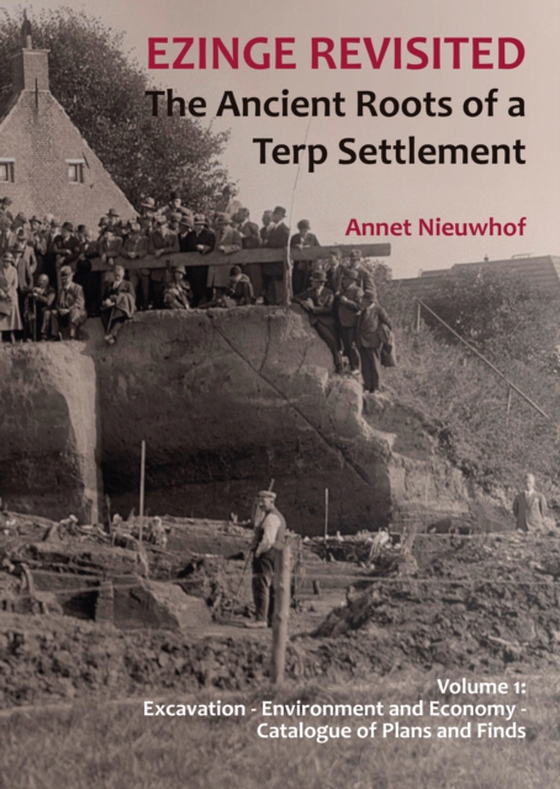
Ezinge Revisited - The Ancient Roots of a Terp Settlement e-bog
295,53 DKK
(inkl. moms 369,41 DKK)
The excavations at Ezinge between 1923 and 1934 are among the most famous excavations in the history of Dutch archaeology. The excellent preservation of organic remains, especially the impressive remnants of houses from the pre-Roman Iron Age, attracted a great deal of attention even during the excavations. In northwestern European archaeology, Ezinge has for a long time been considered exempla...
E-bog
295,53 DKK
Forlag
Barkhuis
Udgivet
19 januar 2021
Længde
318 sider
Genrer
1DDN
Sprog
English
Format
pdf
Beskyttelse
LCP
ISBN
9789493194151
The excavations at Ezinge between 1923 and 1934 are among the most famous excavations in the history of Dutch archaeology. The excellent preservation of organic remains, especially the impressive remnants of houses from the pre-Roman Iron Age, attracted a great deal of attention even during the excavations. In northwestern European archaeology, Ezinge has for a long time been considered exemplary of a late-prehistoric settlement, and many publications still refer to it. Yet this excavation has never been published in full. Analysis of the wealth of data that the excavations in Ezinge provided was simply too complicated.The analysis and publication of the excavation results has been resumed in 2011, now with the aid of databases and handmade local pottery as a fine dating instrument. This book, which will be published in two volumes, is written not only to reveal what was hidden in the archives, it also aims at presenting new insights into the habitation history of Ezinge and of terp settlements in general, by combining excavation results with the findings and interpretations of modern research.This first volume describes the excavation itself, the salt marsh landscape that formed the natural environment of the terp settlements before embankment was undertaken in the Middle Ages, and the way the inhabitants made a living in this extreme natural environment. A major part of this volume is occupied by a catalog of excavation plans with the accompanying finds and finds descriptions. Volume 2 will be devoted to the buildings and the habitation history since the first settlers arrived around 500 BC, and will also describe and discuss what we can learn about ritual practice and social life from the Ezinge findings.
 Dansk
Dansk

